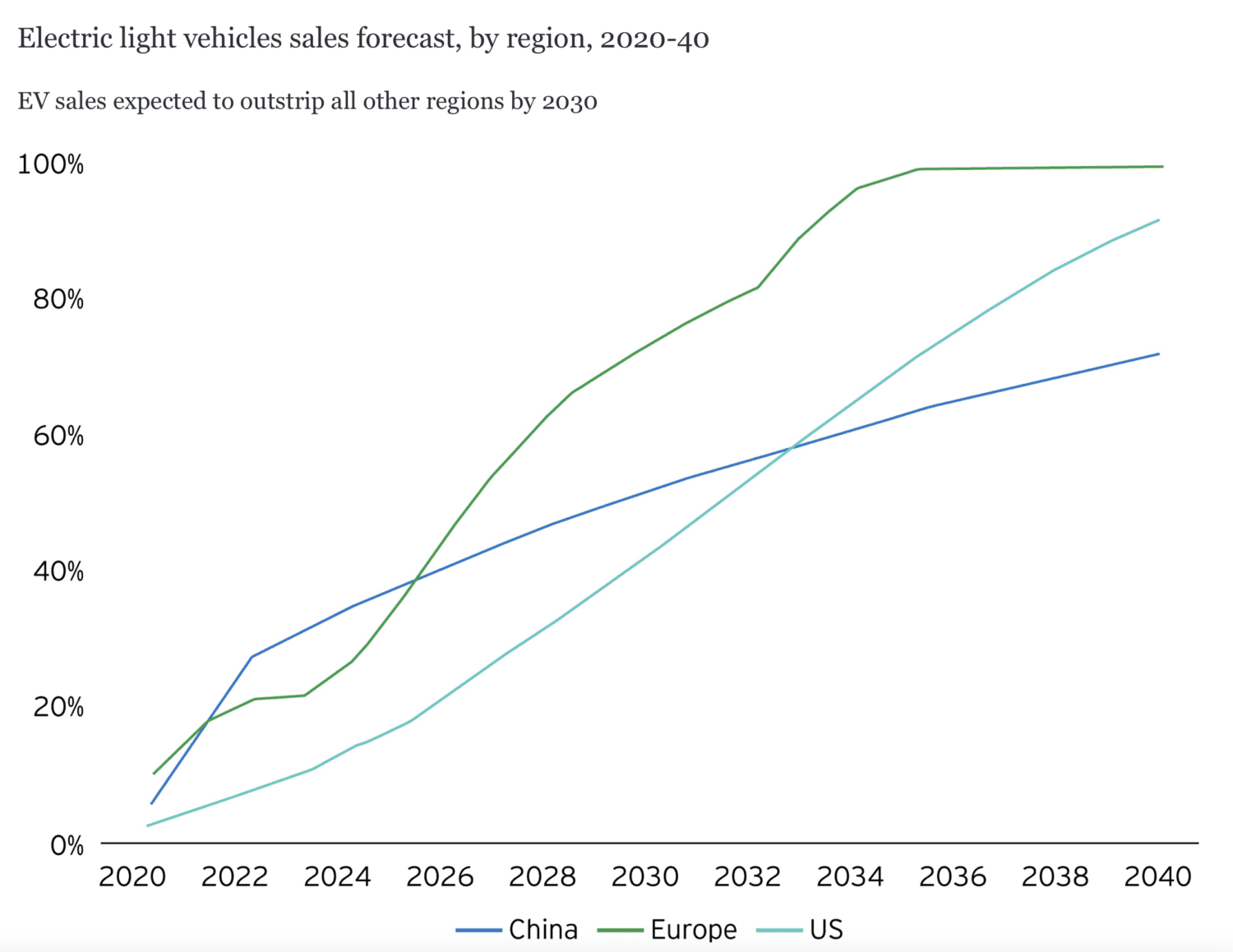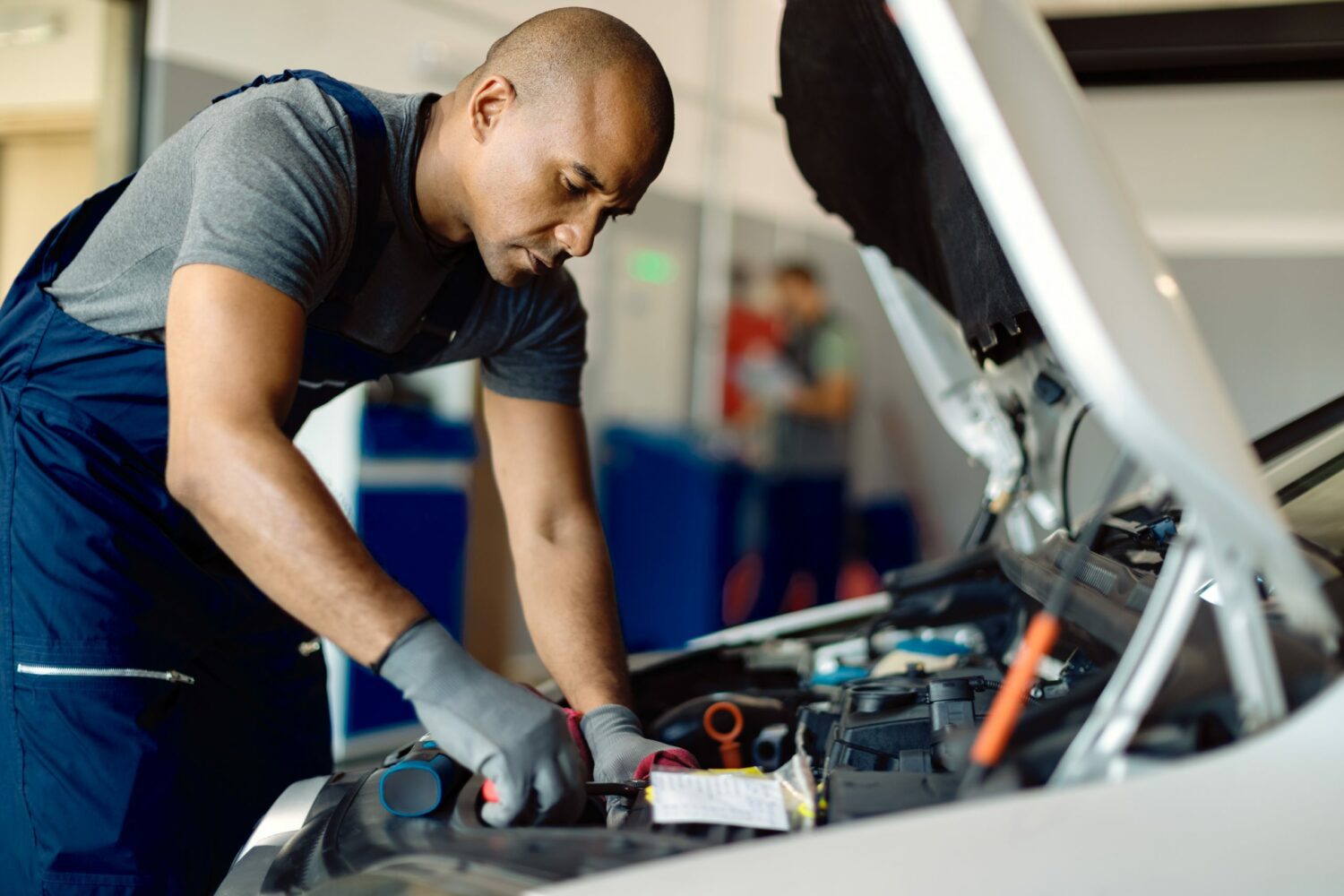The transition to electric vehicles (EVs) has sped up within the last few years as automakers and consumers work towards creating a cleaner environment, but there are undoubtedly some obstacles that will need to be overcome in order to make EV adoption mainstream. According to a recent study released by EY, factors like utilities, eMobility solutions, and a changing labor force will definitely impact overall electric vehicle adoption and the phasing out of gas-powered cars. The following outline includes six essentials required for mainstream electric vehicle adoption.
1. Sufficient Charging Infrastructure
An obvious, widespread concern regarding EV adoption is the current lack of sufficient charging infrastructure. A chief complaint of drivers unwilling to purchase EVs is that there are not enough chargers scattered throughout the United States and many of those that do exist are broken and provide no indication of if and when they will be repaired. Many of the available, functional chargers are slow, and those who cannot charge their cars at home (e.g., many who live in apartments) or who have far commutes refuse to spend an hour at a charger when refueling their current vehicles takes five minutes. Automakers, EV charging providers, and regulators will need to work together quickly to determine the best way to get fast chargers placed all around so more people are inclined to buy EVs.


A line graph courtesy of EY showing the EV sales forecast for China, Europe and the US, from 2020 to 2040 as a percentage of market share.
2. Improved Electricity Grid
Of course, more chargers in existence means more need for electricity. While the electric grid has luckily been quite efficient to date, it is aging, and there are concerns it cannot handle the demands of EVs and other clean energy processes. Various solutions for preserving the grid are being discussed, such as incentives for charging EVs at off-peak hours and requiring bidirectional charging capabilities, including vehicle-to-grid processes, but to date, there has been no agreed-upon solution for protecting and increasing the longevity of the power grid.
3. Effective Supply Chain Management
Relentless inflation and the COVID-19 pandemic have continued to slow down supply chains, and the auto industry has undoubtedly been impacted heavily. A primary issue with this is that the price of the minerals needed to build EVs – including their batteries – have spiked while demand has also increased, making EVs more expensive. Countries like the U.S. are scrambling to find ways to source valuable resources themselves domestically instead of relying on foreign suppliers, while automakers are also rushing to expand production in their home countries. If efficient supply chain management continues to lag, the prices of EVs likely will not fall. As a result, interest in them might wane as many are unable to afford them, and therefore electric vehicle adoption could be negatively impacted.
4. Changes to the Workforce
The vast majority of today’s labor force in the automotive sector specializes in internal combustion engine vehicles and is not well-versed in EV technology. Theoretically, the adoption of EVs would lead to millions of new jobs and therefore reduce unemployment. Many current employees, however, are not interested in EV technologies and are therefore planning on retiring or leaving the industry once the transition to EVs ramps up. A shortage of workers would mean less success in overall EV adoption; therefore, it is imperative that the auto industry locate new staff and find ways to keep current staff, which would include necessary in-depth training on EV technologies.
5. Digital Enablement
It’s no secret that our cars’ computers have advanced to a point that older generations probably never dreamed of, but in order for EV adoption to become mainstream, the auto industry will have to find ways to develop applications and software to accommodate all of the changes that come with the transition. Automakers, lawmakers, and developers will need an exorbitant amount of information as electric vehicle adoption plays out to determine current and future needs, so it is imperative that digitization expands in order to gather the data required. Of course, on the consumer side, EV drivers will expect platforms and mobile apps that can do things like accurately lead them to functional EV chargers and let them seamlessly pay to use them.
6. Clean Power
Currently, the United States is behind in the clean energy race, with very little transportation running on renewable resources. The current goal set is for the country to cut greenhouse gas emissions by 50% by 2030 and by 100% by 2035, but the reality is that drastic measures will need to be taken in order to meet this goal. A major obstacle that has been faced thus far in the transition to EVs and other eco-friendly implementations is the long, drawn-out permitting/licensing process for procedures like the mining of renewable resources. If the U.S. wants to meet the aforementioned goals, approvals will need to be made more expeditiously. In addition, ways to make known clean power methods less expensive and easier will also need to be identified.



 Read more:
Read more: 